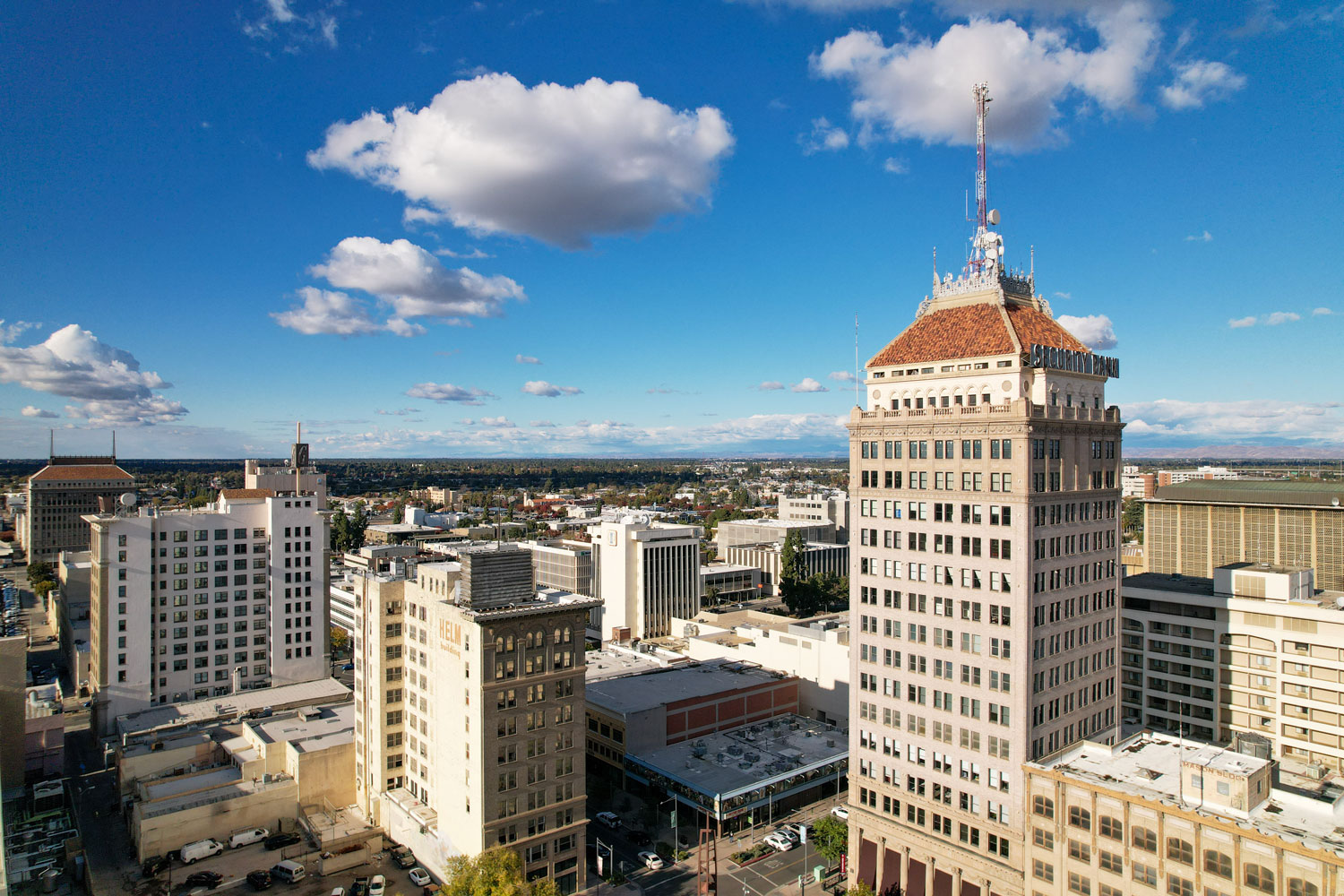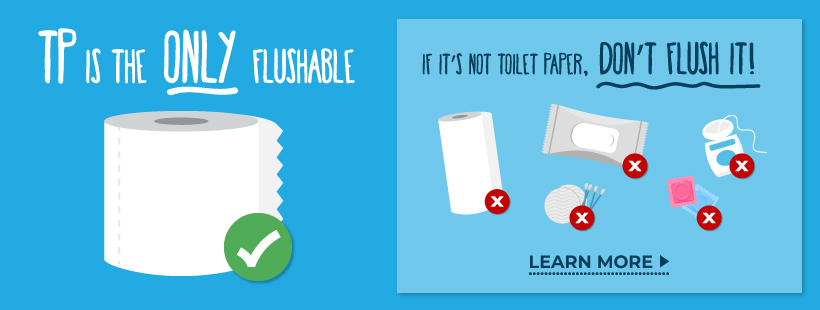Sewer & Wastewater

Did you know…
Collection System Maintenance workers and Wastewater Treatment operators are on duty 24/7/365 days per year to respond to any sewer and plant emergencies?
Wastewater Management Division – Our Mission
We provide high quality wastewater collection, treatment and reclamation services professionally and competitively to preserve the environment and ensure the health, safety and economic vitality of our community.
IMPORTANT INFORMATION
The following issues constitute a sewer emergency. If you experience or observe any of the following, contact the City of Fresno IMMEDIATELY.
- Unusual smell
- Wastewater coming out of a manhole
- Wastewater in the street
- Missing or damaged manhole covers
To report a Sanitary Sewer Overflow (SSO) or other sewer-related emergency:
- Call the City of Fresno’s 311 Center by dialing 3-1-1 within City limits or calling (559) 621-CITY (2489)
- Report the issue in FresGO
Additional information about SSOs and sewer system maintenance responsibilities can be found on the Property Owners & Contractors page.
About the Wastewater Management Division
The Wastewater Management Division (WMD) is responsible for the collection, conveyance, treatment, and reclamation of wastewater generated by the residential, commercial, and industrial sewer customers in the Fresno-Clovis metropolitan area. Wastewater from homes and businesses in the Metropolitan area travels through approximately 1,600 miles of sanitary sewer lines maintained by the Wastewater Management Division to the Fresno-Clovis Regional Wastewater Reclamation Facility (RWRF) located southwest of Fresno.
The WMD is comprised of 179 full-time employees with a large variety of functions – from laboratory personnel to treatment operators, collection system maintenance workers to electricians, and mechanics to administrative staff.
There are two primary functions of the WMD: Collection System Maintenance (CSM) and Wastewater Treatment.
Collection System Maintenance
The City of Fresno owns and maintains the sanitary sewer collection system that serves the City and other participating agencies. The City’s collection system (sewer) and all related infrastructure are maintained by the Collection System Maintenance (CSM) workgroup of WMD.
The collection system is comprised of approximately 1,600 miles of pipes ranging from 6” to 84” in diameter that convey over 60 million gallons of sanitary sewer per day to the Fresno-Clovis Regional Wastewater Reclamation Facility (RWRF). Related infrastructure maintained by the CSM workgroup includes over 24,000 access structures (manholes) and 15 sewer lift stations.
CSM operators perform preventive maintenance and repair of the collection system on a daily basis, main line condition assessment and repairs, and the inspection of new connections to the sanitary sewer system main lines. CSM staff responds to sewer emergencies 24 hours a day, 7 days a week, 365 days per year.
Wastewater Treatment
Almost all wastewater generated from homes and businesses in Fresno metropolitan area travels to the Fresno-Clovis Regional Wastewater Reclamation Facility (RWRF) located at Jensen and Cornelia, southwest of the City of Fresno.
Highly trained, experienced, State-certified treatment plant operators are on duty 24 hours a day, 7 days a week to oversee treatment plant processes and to react promptly to any situations that arise. Many controls of treatment processes are highly automated, requiring a great deal of technical expertise. Other processes require manual controls, which rely on the operators’ frequent physical presence to observe conditions and make adjustments.
Reliability at the Fresno-Clovis Regional Wastewater Reclamation Facility is very high. Critical treatment processes are designed with redundant equipment, which means that if a mechanical or electrical component fails, a spare or backup is waiting to take its place. Mechanical and electrical staff is on-call 24 hours a day in case of a failure that requires their immediate assistance. Maintenance staff aggressively cares for the equipment to predict and prevent breakdowns, further adding to the reliability of the facility.
Fast Facts
- 179 full-time employees
- $45,931,500 annual operating budget
Maintains the sewer collection system infrastructure:
- 1,600 miles of sanitary sewer lines ranging from 6” to 84” in diameter
- 24,000 utility covers (manholes)
- 15 lift stations
Operates the Fresno-Clovis Regional Wastewater Reclamation Facility (RWRF):
- Located southwest of the City of Fresno on Jensen Avenue
- Permitted treatment capacity of 91.5 million gallons per day (mgd) to secondary standards
- Permitted treatment capacity of 5 mgd to tertiary standards
- 7th largest wastewater reclamation facility in California
Operates the North Fresno Wastewater Reclamation Facility (NFWRF):
- Located on in North Fresno on Copper Avenue
- Design capacity of 0.71 mgd of wastewater treatment to tertiary standards
Frequently Asked Questions
Where can I find information about my sewer bill?
Visit the Utilities Billing & Collections page for information about your bill.
Can I tour the Fresno-Clovis Regional Wastewater Reclamation Facility?
Tours of the Regional Wastewater Reclamation Facility can be requested by emailing [email protected]
Maintain Your Drain
Be mindful of what is sent down drains or flushed down toilets
Property Owners and Contractors
Be aware of the responsibilities related of the sanitary sewer lines
Programs and Permits
Residential, commercial, industrial programs
Recycled Water
Reuse of treated wastewater for beneficial purposes such as agricultural and more
Plans and Reports
View plans and reports for DPU
